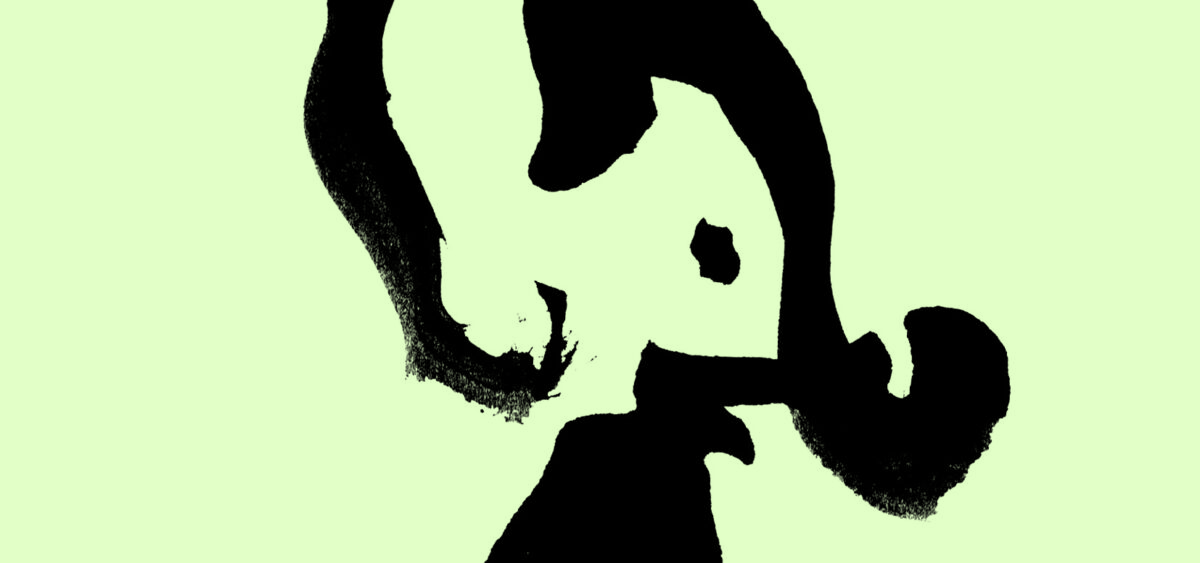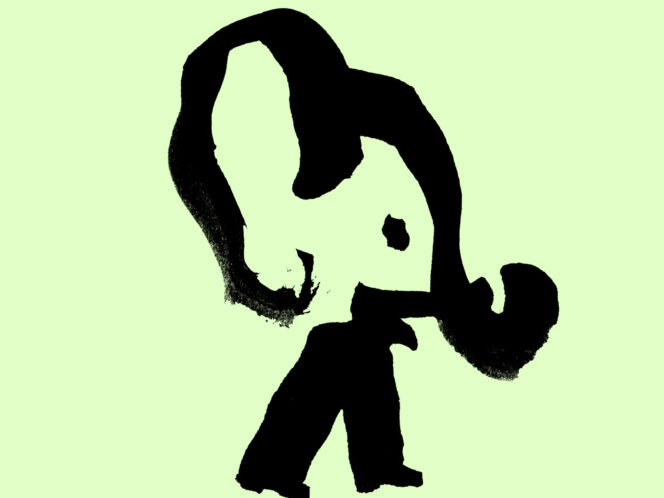
A bore with an imagination, a noble warrior, a radical, an idealist, or a pathological liar? Who was Konstanty Moes-Oskragiełło, the first Polish vegetarian?
“Moes-face is boring as hell,” wrote Maria Kłopotowska of her neighbor in a letter to Natalia Andriollowa. She added: “Maybe boring, but he has quite some imagination.” In his spare time from lecturing in medicine, Konstanty Moes-Oskragiełło (1850–1910) played melancholic tunes on the flute. The sounds floated across the Bojarowo estate, through the pine forest to the Świder River and to the ears of holiday-makers walking along its high banks. In his study, Konstanty completed word puzzles, so complicated and long—and spiked with Persian and Ethiopian letters—that his neighbors, to whom he sent them (along with flower seedlings and even whole shrubs) threw their hands up in defeat. They whispered among themselves: “Moes has his quirks.” Like the one that Kłopotowska was gossiping about: “[…] he fires [his pistol] when some new idea comes into his mind, without looking at who or where he’s firing.” She admitted, however, that Moes-Oskragiełło “[…] is, despite his peculiarities and clear manias on several points, a man with well-established concepts: honour, righteousness and nobility.” On the first anniversary of his death, Przegląd Wegetariański [Vegetarian Review] noted: “In words, restrained, and even with those close to him, not a talker. However, once engaged in conversation, he delighted with his directness, finesse and powers of persuasion.”
“The worthiest of Poles”; “A warrior for vegetarianism”; “Moes-Oskragiełło is a pearl that is extremely rare”. This is how he was described in obituaries. Was it mere courtesy? Was he praised because it is not proper to speak ill of the dead? Doubtful. During his lifetime, he became an icon of the vegetarian movement in Poland and all around the world. “Oskragiełło was the first person here who dared to claim vegetarianism as the eternal true religion,” emphasized Janisław Jastrzębowski—a proponent of vegetarianism and author of the book Down








